Heterospory
The phenomenon of the development of two types of spores (differing in size, structure and function) by the same species is known as heterospory.
- The two different sizes are smaller spores also known as microspores and the larger spores also known as megaspores.
- Rashid (1999) listed nine genera as living examples of heterosporous pteridophytes. e.g. Selaginella, Isoetes, Stylites, Marsilea, Pilularia, Regnellidium, Salvinia, Azolla and Platyzoma.
Origin of Heterospory
The origin of heterospory can be better discussed on the basis of evidences from paleobotany, developmental and experimental studies.
1. Palaeobotanical evidences:
It has been suggested that heterospory arose due to degeneration of some spores in a few sporangia. As more nutrition becomes available to less number of spores, the surviving spore grow better, hence increase in their size.
Palaeobotanical evidences show that the earlier vascular plants were all homosporous and the heterosporous condition appeared subsequently in the lowermost upper Devonian.
A number of heterosporous genera belonging to the Lycopsida, Sphenopsida and Pteropsida were known in the late Devonian and early Carboniferous periods.
2. Evidences from Experimental Studies:
Experimental studies on Selaginella (Goebel, 1905) and Marsilea (Shattuck, 1910) suggest that nutritional factors mainly govern the heterospory.
Under conditions of low light intensity, the photosynthetic activity of Selaginella was retarted and it produced microsporangia.
By sudden lowering of the temperature, the size of the microspores in the sporocarp of Marsilea increases by six times.
3. Evidences from Developmental Studies:
In heterosporous pteridophytes, the development of micro and megasporangia follow the same pattern. While in megasporangia most of the spore mother cells degenerate but in microsporangia only a few mother cells are disorganized.
The phenomenon of heterospory becomes distinct either before or after meiosis in Selaginella. Isoetes, it is distinct before meiosis.
Importance of heterospory
- The differentiation in the size of the spore is directly related to the differentiation of sex of the gametophyte. Therefore, heterospory is an expression of sex determination in plants.
- Because of heterospory, plants become free to grow in varied environmental conditions, instead of only aquatic surroundings.
- It ultimately leads to seed development.
- The megaspore having female gametophyte derives nourishment from sporophyte and thus remains independent from external factors.
Because of heterospory, the gametophytic tissue is reduced. Partial or complete retention of megasporangium and female gametophyte on the sporophyte also takes place. They show reduction in megaspores and male gamete. All these characters show a tendency towards seed habit.
Origin of seed habit
One of the most important advantages of heterospory is the formation of seed habitat. The origin of seed habit is associated with the following:
- Production of two types of spores (heterospory).
- Reduction in the number of megaspores finally to one per
megasporangium. - Retention and germination of the megaspores and fertilization of the egg.
- Continued development of the fertilized egg into the embryo while still in situ.
Seed habit in Selaginella
Selaginella exhibits remarkable approach to the seed habit because of the following features:
- The heterospory occurs in almost all the species of
- In most species only one functional megaspore mother cell is produced which by reduction division produces four haploid megaspores. In some species e.g. rupestris and S. monospora only one megaspore is formed in each megasporangium.
- Germination of megaspore starts within the megasporangium, but its stage and time of retention within megasporangium differ in different species.
- Fertilization and embryo development also takes place within the megasporangium.
Although certain species of Selaginella suggest early stages in the evolution of seed habit, Selaginella should not be considered as an ancestor to seed plants because:
- Absence of integuments around the megasporangia.
- Absence of permanent retention of megaspores within megaspoarangia except a few species.
- Absence of complete histological fusion between megasporangium wall and megaspore.
- After the development of embryo there is lack of resting period.
Therefore, Selaginella has considerably advanced towards seed habit but it’s approach to true seed is not complete.
Reference
- Class Lecture of Lecturer M.A.Kashem sir, Department of Botany, University of Dhaka.
 Plantlet The Blogging Platform of Department of Botany, University of Dhaka
Plantlet The Blogging Platform of Department of Botany, University of Dhaka
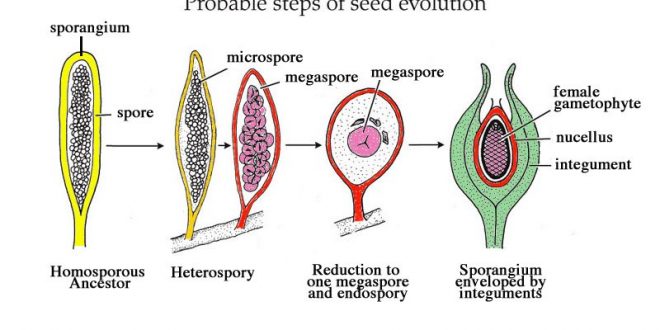

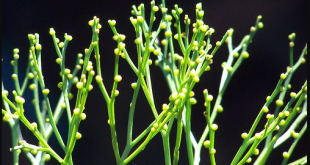
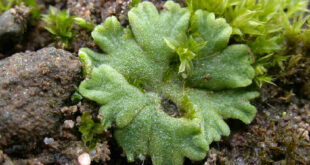
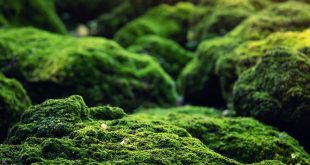
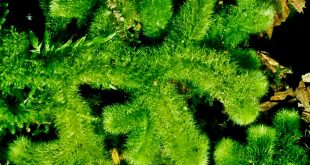
The point of view of your article has taught me a lot, and I already know how to improve the paper, thank you.
Your point of view caught my eye and was very interesting. Thanks. I have a question for you.